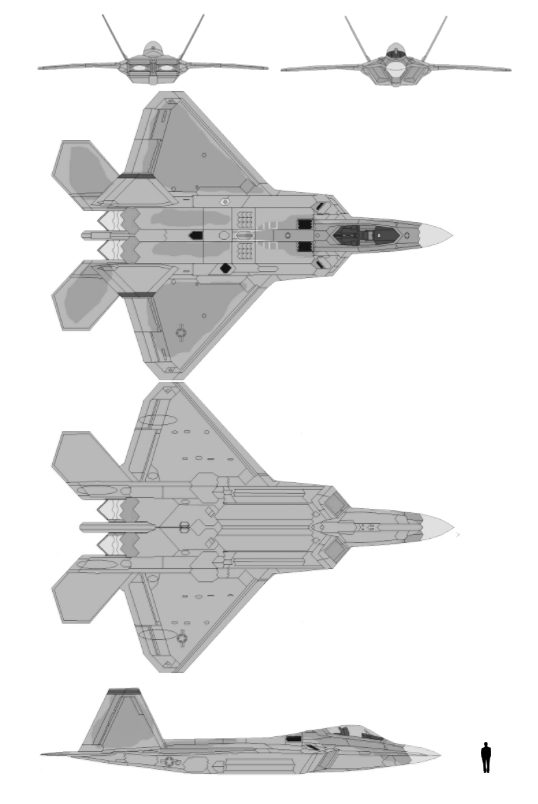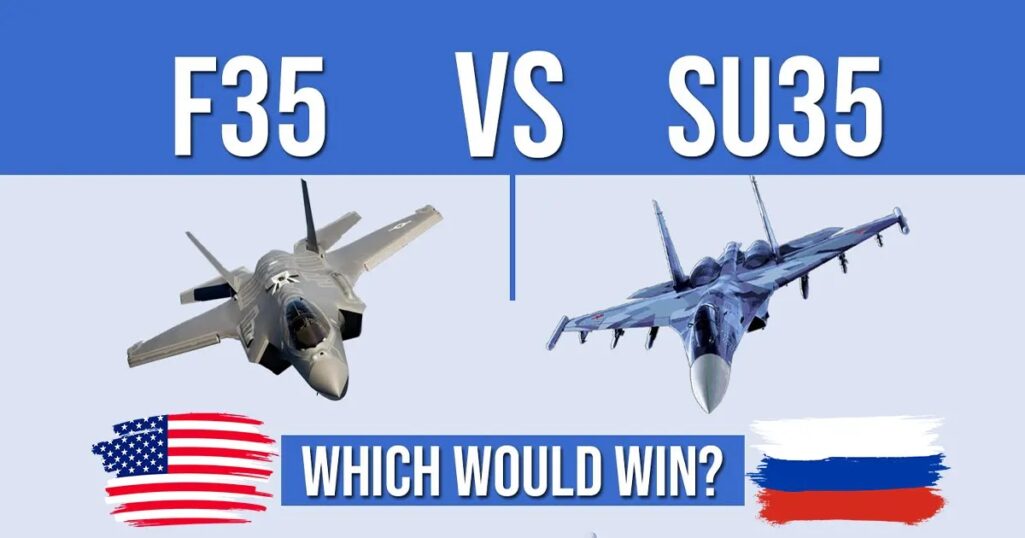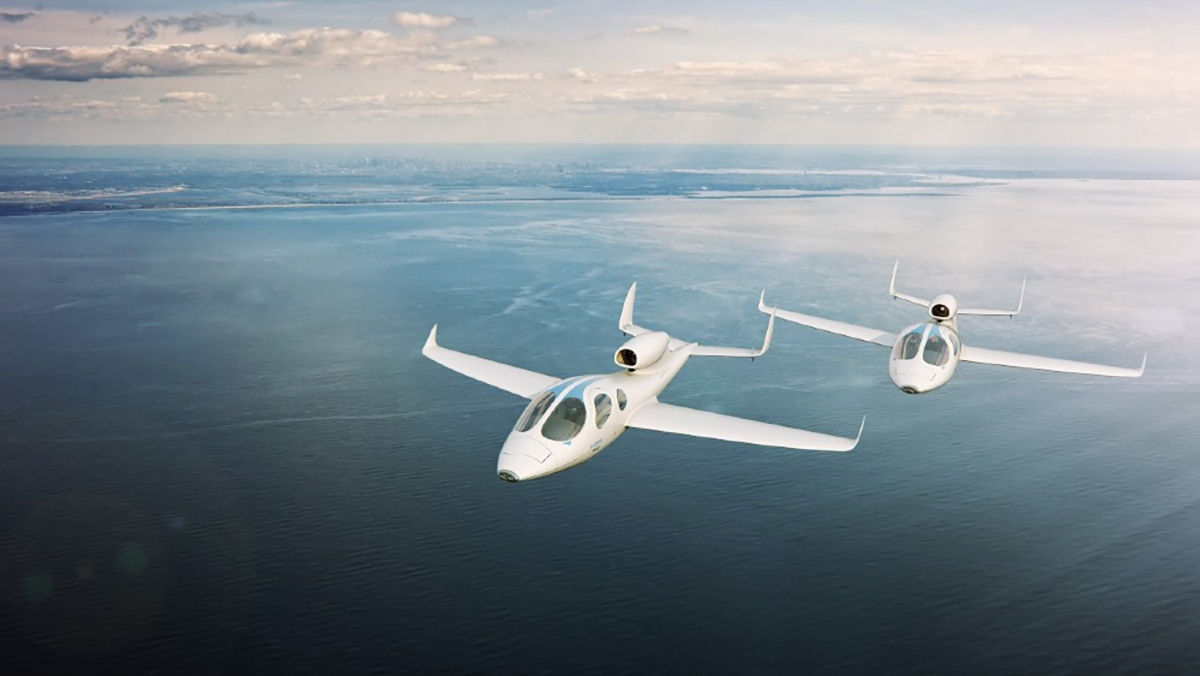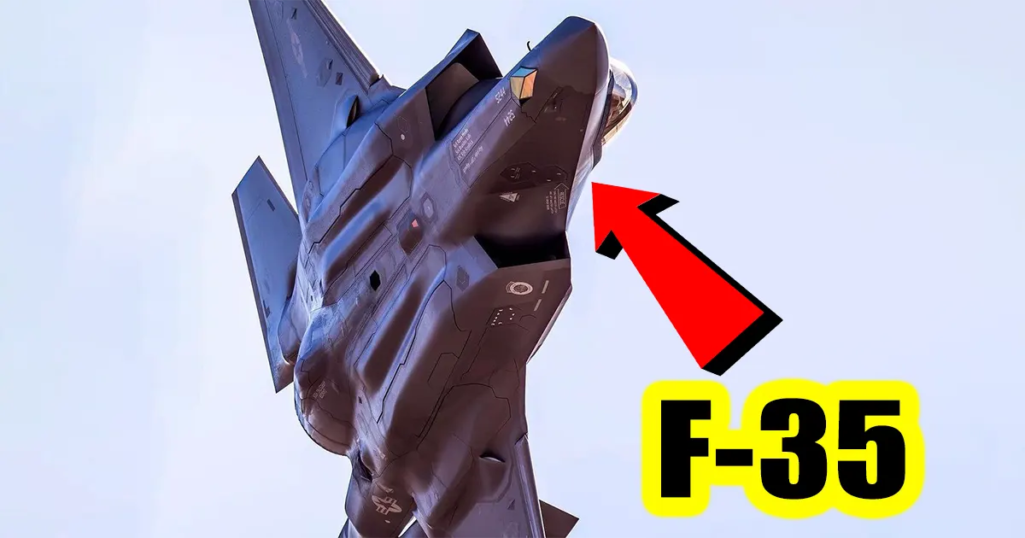
The F-35 is a 5th-generation stealth fighter, which has no rival at home or abroad. It is a bold statement of American airpower in an increasingly uncertain world.
The F-35 Lightning II became an essential military aircraft since the fourth-generation fighters are becoming from the past now, including F-16 Fighting Falcons, F-15 Eagles, and Eurofighter Typhoons.
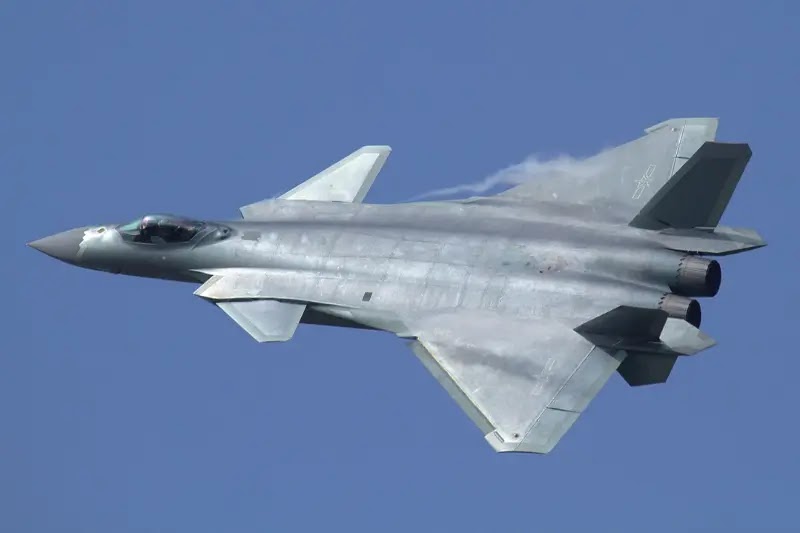
Chengdu J-20
Fifth-generation fighters are becoming in high demand by nations around the world. China has the Chengdu J-20 in service and Shenyang FC-31 under test.
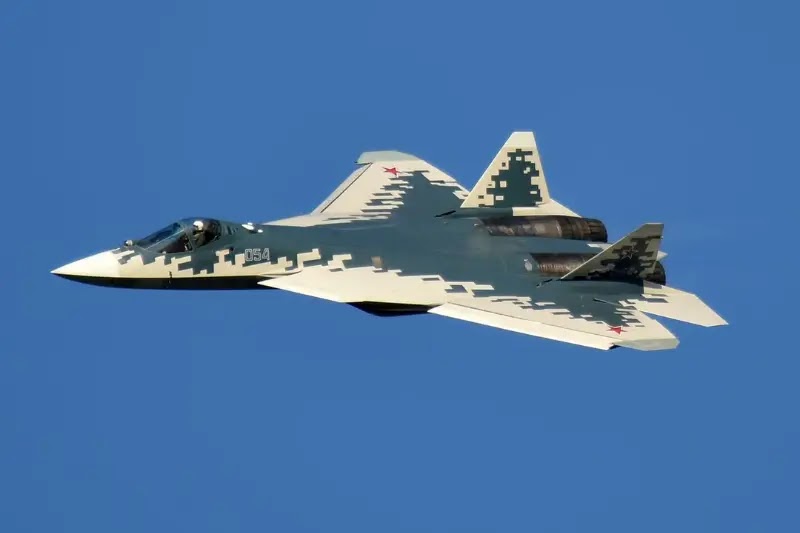
Sukhoi Su-57
Russia has Sukhoi Su-57 in service, and the US has the F-22 Raptor along with the F-35 three variants all in service. Not to mention other countries that are either designing their own 5th-generation fighters or buying them from their allies.
So with all this racing towards the 5th-generation fighter jets and the big competition, why is the F-35 so special?
The Born of a Beast!

The fighter that evolved into Lockheed Martin’s F-35 Lightning II had its origins in the Joint Strike Fighter (JSF) program, a massive procurement operation that aimed to gradually phase out not just the outdated F-16 Fighting Falcon but also the F/A-18 Hornet and F-117 Nighthawk.
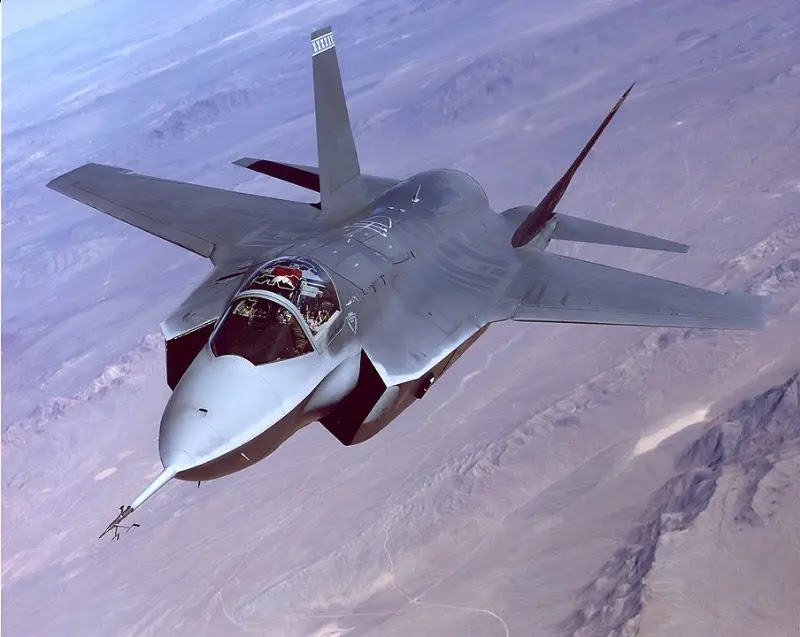
X-35 prototypes from Lockheed Martin were used to determine the general competition winner. During the early 2000s, the stabilizers and fuselage of these prototypes were further adjusted, with minor but important alterations, and called it the F-35.
Contrary to common belief, the F-35 is really a family of three closely similar but fundamentally different aircraft.
The F-35 Variants
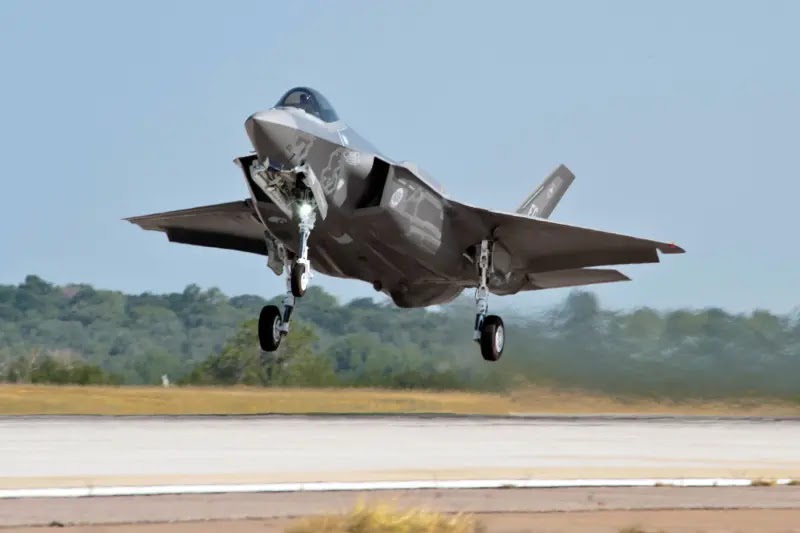
F-35A Takeoff
The F-35A is the conventional takeoff and landing (CTOL) type that the United States Air Force is acquiring.
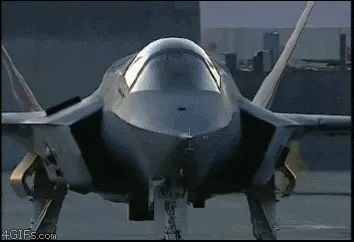
The F-35B is a short takeoff and vertical landing (STOVL) variant designed to replace the Marine Corps fleet of Hornet fighters, which are set to retire in 2030.
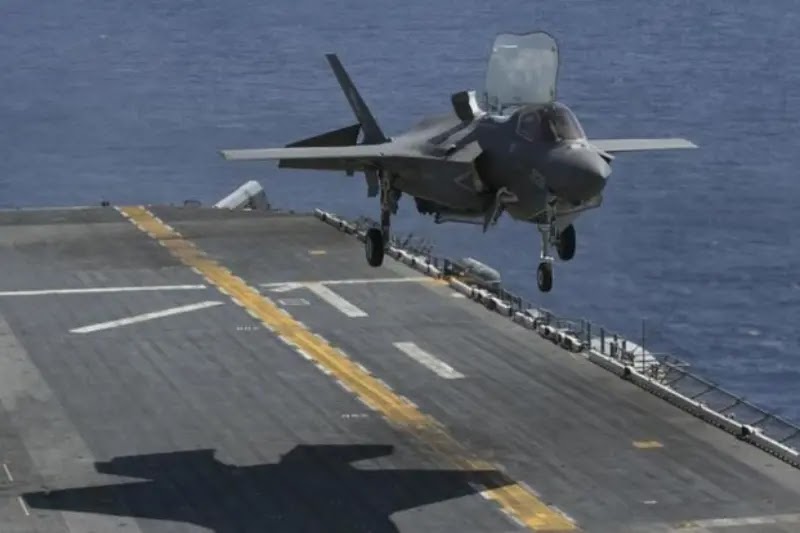
F-35C Landing on Carrier
Finally, the F-35C is a catapult-assisted takeoff but arrested recovery model meant to fly from aircraft carriers as part of the United States Carrier Strike Groups.
A total of 1,763 F-35As will be acquired by the Air Force through 2044, making the USAF’s F-35A the most common variant. It’s amazing to think that there are now 354 F-35As flying throughout the world.
The Lightning II is already the second-most common fighter in the United States Air Force, after the F-16. As more and more F-16s are retired in the coming years, the F-35 will quickly overtake them as the most widely-owned fighter in the Air Force.
Why is the F-35 So Special?
Outstanding Specs and Numbers

The F-35 was built from the bottom up with low observability in mind, making it the stealthiest fighter currently in service. As long as the afterburner is deployed, the F135 engine can propel the sleek but heavy fighter to Mach 1.6 speeds, making it the most powerful jet in its class.
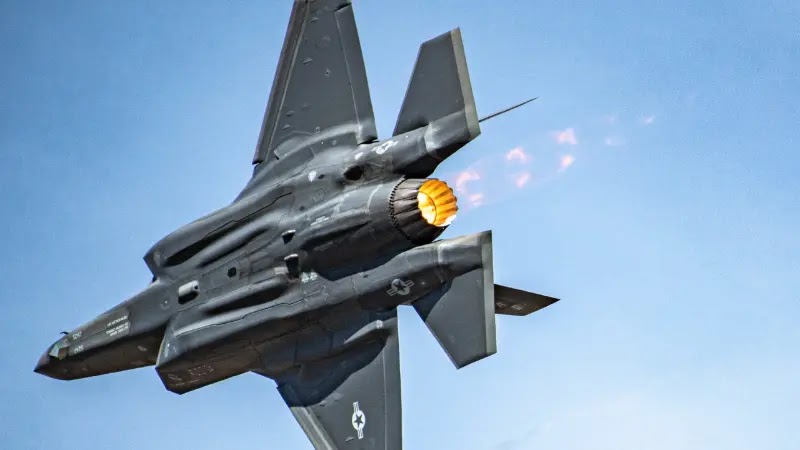
In disputed airspace, the aircraft can carry four weapons inside, while in low-risk circumstances, six additional weapons may be installed on exterior hardpoints. An internal 25mm rotary gun with four barrels is concealed behind a tiny door on the F-35A to avoid radar reflections.
Weapons
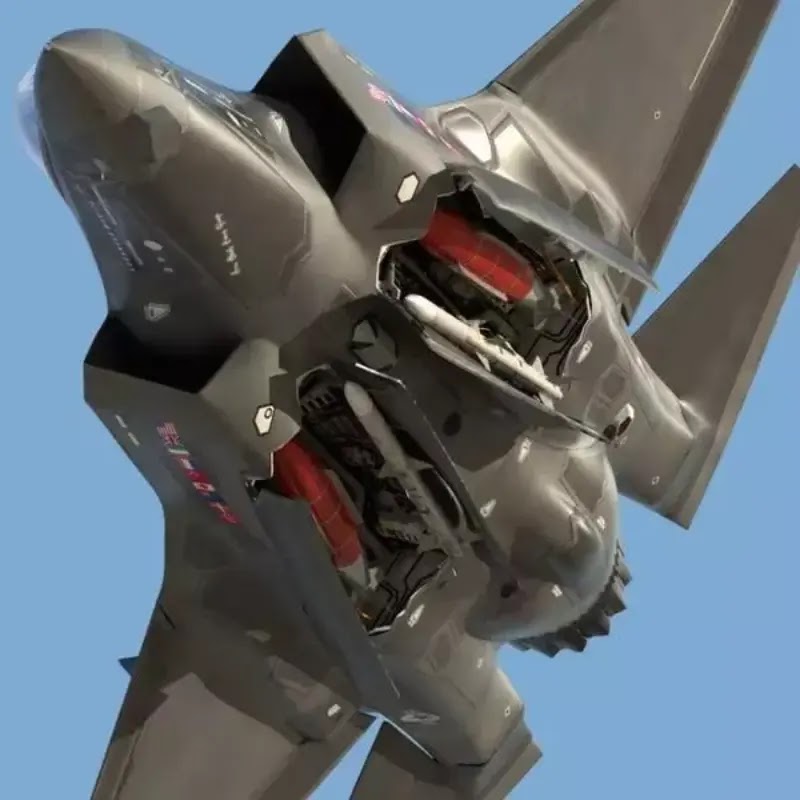
As a stealthy, multi-role fighter, the F-35 is capable of both air superiority and strike missions. However, the plane’s actual operational capability rests in its ability to fluidly convert between configurations to fit the danger level provided by the enemy’s air assets and defenses.
In its internal weapons bays, the F-35 carries four AIM-120 AMRAAM missiles for air-to-air operations or four AIM-120/GBU-31 JDAM “smart bombs” for air-to-ground missions.
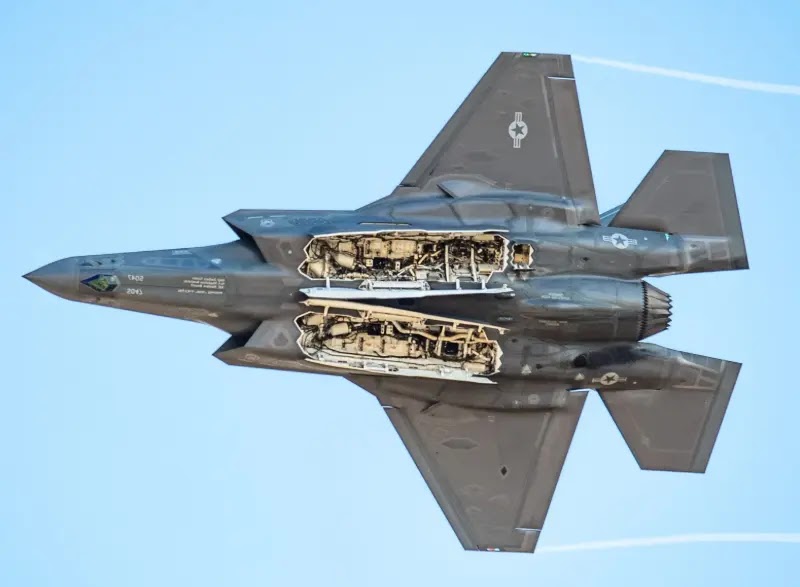
Sidekick Rack
For a total of six AIM-120s, and as said before, the Lockheed Martin “Sidekick” weapons rack allows the fighter to carry two more.
Days of War Modes!
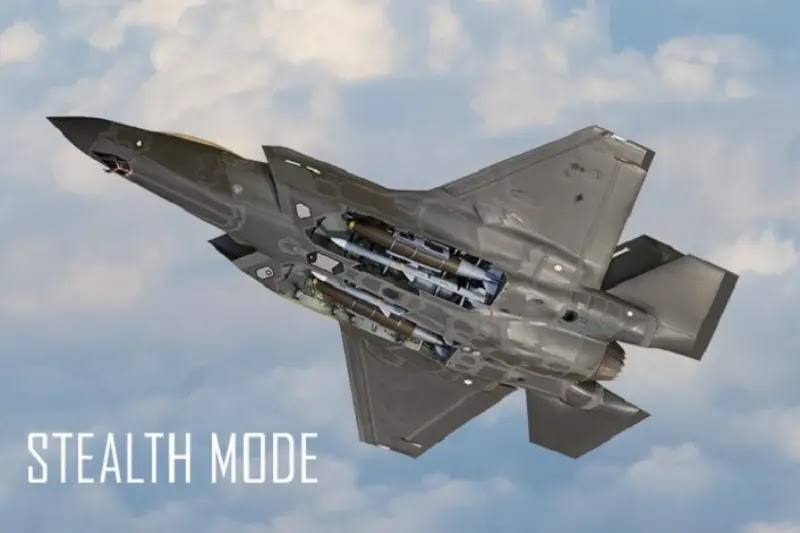
For optimal stealth penetration in highly saturated “first day of war” conditions, while the enemy’s anti-air systems are still functioning at full capacity, the F-35 works in the stealth loadout mode, which reduces its radar-cross section to keep it out of radar detection. This will allow the fighter to pass through air defenses and strike certain critical targets.
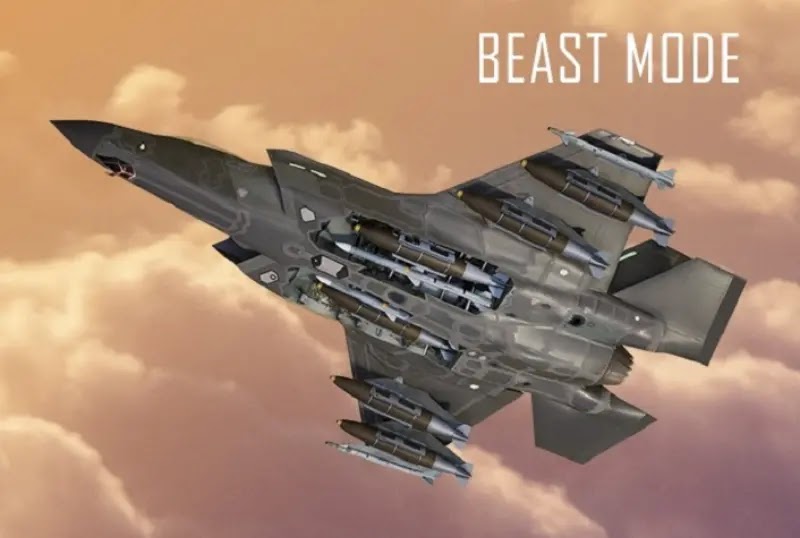
The fight has entered its “third day of war” as the enemy’s airspace is more vulnerable due to the growing destruction of hostile air defenses. It is now possible for F-35 squadrons to unleash their entire payload capacity (since it is no longer under increased danger), including over a dozen AIM-120 missiles, or six guided bombs and four additional air-to-air missiles—in a configuration formerly referred to as “beast mode.”
Highly Invisible Fighter
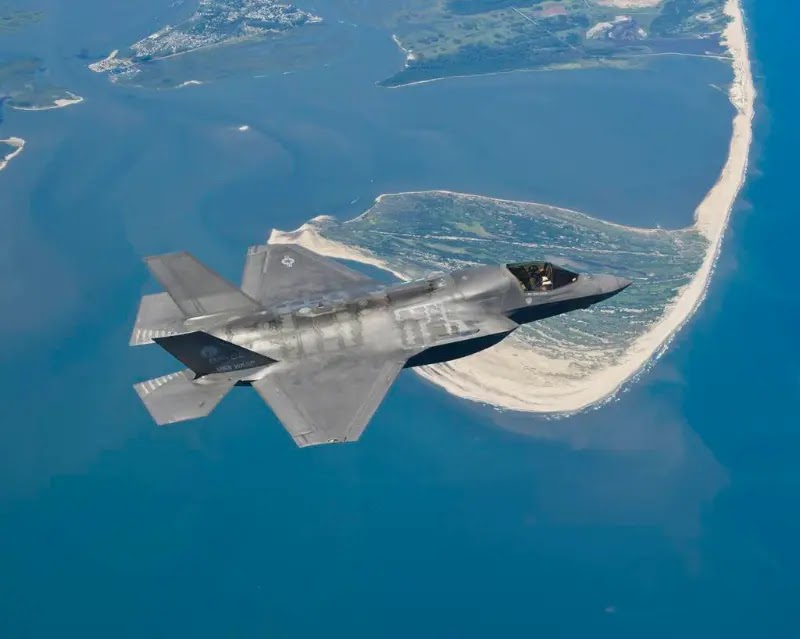
It is truly undetectable to the enemy. When the F-35 takes part in training exercises, it frequently outperforms opponent aircraft by a factor of more than 20-to-1. It would have the same effect against Russian or Chinese fighters in a war situation since it was made to absorb or deflect radar radiation, preventing the enemy pilots from seeing it before they are shot down.
F-35 also has an innovative jamming system that confuses or suppresses hostile radars in the air and on the ground, making it more difficult for them to detect the aircraft. A distant target may be detected by enemy radars, but it cannot be tracked or targeted. Furthermore, the F-35’s powerful turbofan engine distributes and hides heat before heat-seeking missiles can target it.
The Multi-Role Fighter
When it comes to combat aircraft, there’s no better one than the F-35. When used as a fighter, it is capable of destroying enemy aircraft that pose a danger to US soldiers on the ground. It may also use a variety of smart bombs and missiles in its strike role to precisely destroy a wide range of targets on land or at sea.
But there is still more to know. The onboard sensors of the F-35 can gather and transmit data from a wide range of sources. Its jamming equipment and air-to-air weapons make it an excellent escort for less survivable aircraft. For regional security, the Marine Corps can use the aircraft’s vertical takeoff and landing variant, while the Air Force can use its nuclear-capable version.
Conclusion
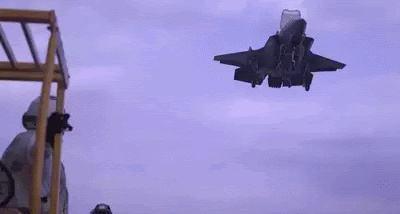
F-35A is a state-of-the-art airpower platform that is now in mass production. It is the Air Force’s most deadly weapon right now is also one of the most terrifying in the eyes of the United States’ opponents because of its unmatched adaptability and networking capabilities.
F-35s and other advanced platforms like them are essential as the globe sinks into a new era of great-power struggle in order to keep Washington’s Russian and Chinese competitors in check.


